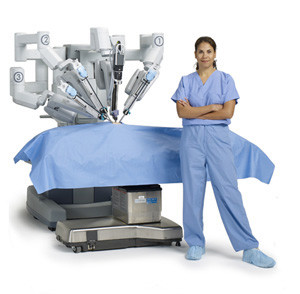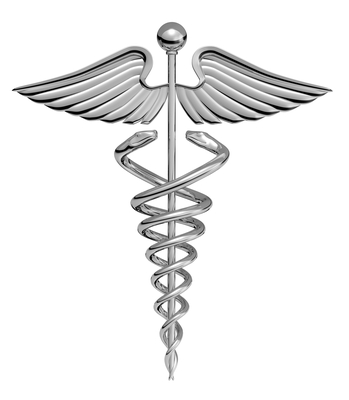 The healthcare industry continues to offer exceptional opportunities for long-term career growth. In fact, the Bureau of Labor Statistics projects that employment in healthcare occupations will grow 19 percent from 2014 to 2024. Since healthcare is at the forefront of technological innovation, colleges and universities have responded by offering a variety of degrees in medical technology and healthcare information technology.
The healthcare industry continues to offer exceptional opportunities for long-term career growth. In fact, the Bureau of Labor Statistics projects that employment in healthcare occupations will grow 19 percent from 2014 to 2024. Since healthcare is at the forefront of technological innovation, colleges and universities have responded by offering a variety of degrees in medical technology and healthcare information technology.
Five Trends in Healthcare Technology
Technology is a key component fueling the explosive growth in the healthcare industry. If you are considering a career in the field of medicine, here are five compelling trends you should be aware of.
The use of Robotics
Patients save money, experience fewer risks and recover more quickly with minimally-invasive surgical procedures. As a result, hospitals are recognizing the need to integrate robotic-assisted surgical tools into the operating room environment. Robotic devices like the da Vinci system are used increasingly at many hospitals for cardiac, prostate, colorectal, thoracic and urologic procedures. Specialty robots for lapro-endoscopic, orthopedic and single-site surgery are entering the marketplace as the demand for accurate and minimally-invasive surgical procedures continues to grow.
Resource: Top 10 Online Health Administration Degree Progams – Bachelor’s
Video Conferencing
Peer consultation is a critical aspect of providing quality healthcare. Acquiring a second opinion from an expert regarding a patient’s test data and images helps ensure the diagnosis is accurate. Video conferencing makes peer-to-peer consultation in real time easier and more effective. Consultations over distance are becoming increasingly possible through technologies that allow patients and providers to connect online. Time and location are becoming less of an obstacle as broadband access and increased speed accommodate mobile devices and apps.
Mobile Device Access
Mobile device access is changing the way doctors can analyze a patient’s case. Modern tablets and smartphones allow doctors to work remotely while accessing patient records stored in the Cloud. The data can be acquired on any device from virtually anywhere, and updates are completed in real time. This is particularly valuable in emergency situations when the physician is not in an office or at the hospital. Patients can be diagnosed and prescribed a treatment that is more accurate and efficient, and the physician can continue to monitor the case while providing input from any location. Future technologies will offer mobile imaging applications with enhanced resolution and one-touch access to images, clinical notes and labs.
Consolidation of Data Centers
The healthcare industry is data intensive, and organizations continue to look for ways to reduce associated power costs and space requirements. Virtual applications and storage help improve flexibility and performance while providing easier access and control. Data centers are trending toward increased consolidation through in-house operations, third-party hosting and integration with Cloud storage facilities. Newer products that provide the ability to set up point-to-point connectivity from the primary site to remote locations allow healthcare organizations to respond to accelerating requirements for data access and adapt to emerging growth trends.
Advancements in Neuroscience
Neurodegenerative diseases present some of the most frustrating and difficult challenges in modern medicine because they are usually inaccessible and difficult to treat. Neuroscience is one of the most exciting fields in healthcare and includes advances in neural engineering, bio-nano-sensor and bioelectronics technology. The mechanics involved help researchers and medical professionals understand the basic function of the nervous system and related neurological disorders. As the technology advances, devices designed to interface directly with neural tissue will be introduced to improve diagnostic and treatment procedures.
Cutting Edge Healthcare Technology
For obvious reasons, healthcare is a societal priority, so the effort, time and money required to develop new and exciting technologies are virtually guaranteed. Patient care has improved dramatically in recent years, largely due to technological innovation. With the proper training, those entering the field of healthcare can look forward to contributing to this extraordinary revolution in healthcare technology.
